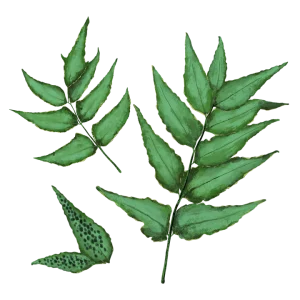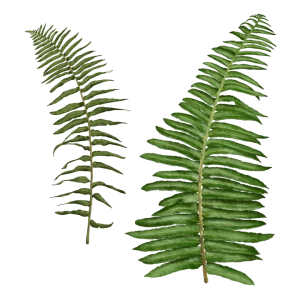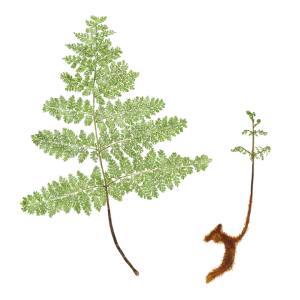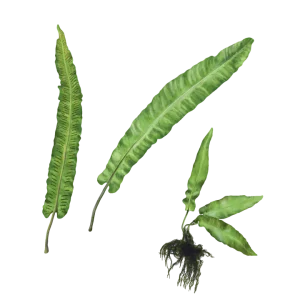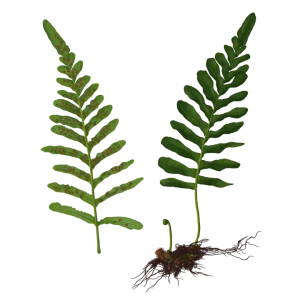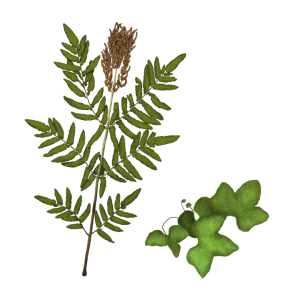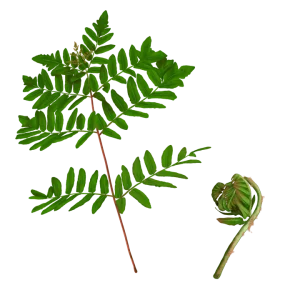Cyrtomium caryotideum – The nursery trade seems to have settled on Fishtail Holly Fern as the most used common name, on the premise that the three-pronged leaf-ends look like the tails of fishes. Cyrtomium caryotideum is characterized by three to six pairs of large pinnae. Erect, leathery grey green fronds with very large pinnate leaflets bearing 3 to 6 pinnae or edges which gives an attractive lobed look.
SUBSTRATE & WATERING
Highly adaptable for zones 6 through 9, fishtail holly fern does well in part sun or part shade, tolerating more sunlight & doughtiness than most ferns (though preferring perpetually moist soil with good drainage in partial shade), making it a good choice for containers, rock gardens, or rocky ground, where not many ferns would do as well.
Its outstanding garden features make it an ideal candidate, for indoor use as a house holly.
Readily cultivated and welcomed as a visual contrast to more feathery garden material, Use it freely, with its trademark matte green fronds, as a design element to break the potential monotony of a continuous spread of forest-green foliage in the garden’s woodlands. The lighter green of this fern help make dark shady areas seem a little brighter in contrast with silver, bronze and burgundy colored greens. Try combinations with other shade lovers, such as Pulmonaria, Epimedium or Brunnera.
A cultivar of cyrtomium caryotideum showed better formaldehyde removal than areca palm tree.
The bold evergreen leaves are great for creating a textural contrast in the garden. they give a fresh look throughout the spring and summer. Its leathery foliage catches the eye especially when combined with fine
textured ferns. Holly ferns are easy to grow and thrive in all types of shade. They tolerate morning sun, but too much sun or short periods of hot afternoon sun can yellow and burn the foliage.


